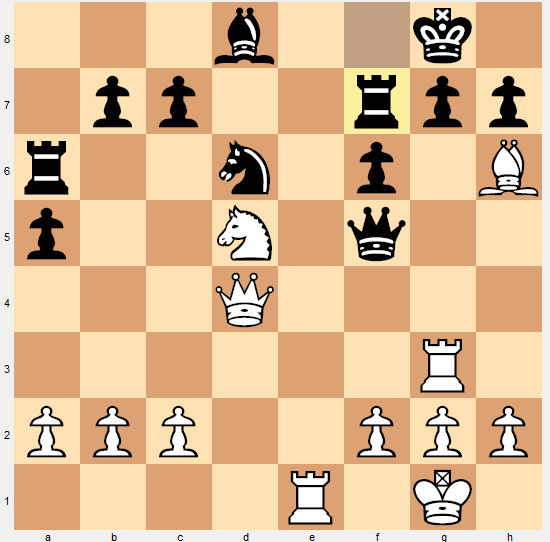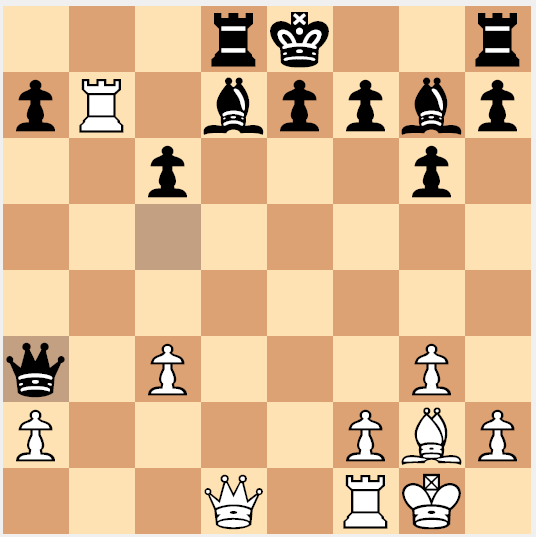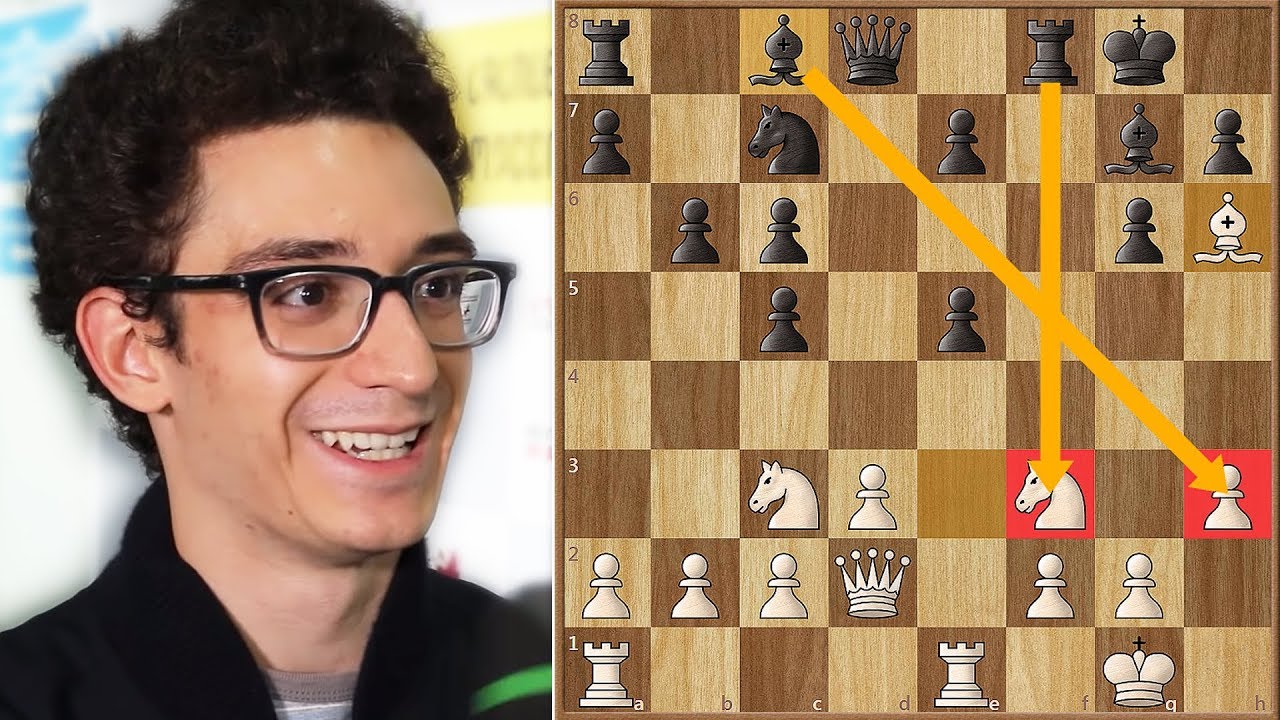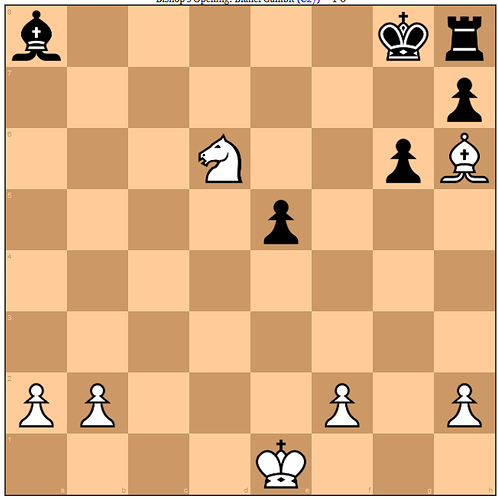Congrats, again!
As for me, I meant to post a bit earlier … so let’s have a couple games as catch-up.
People may find positional chess boring, and masters are divided as to how revolutionary Nimzowitsch’s My System was. But I always found this game of his hard to forget.
He attacks the c4-square, and when White just barely stops him from winning the c4-pawn, the knight sits there anyway, helping freeze White’s position. White is utterly helpless and resigns on move 23. It’s worth noting mate is nowhere close, but with fewer pieces on the board and Black about to win a bunch of pawns and with more active pieces, Black has no hope at the advanced level.
In fact, if you are a relatively beginning player, you may see this play out with 7 pawns vs 6. It’s “only” a pawn but a pretty clear win for the side with the material edge. You should you could beat even Magnus Carlsen if there’s nothing unusual going on (e.g. passive king or doubled/tripled pawns.) Getting to that sort of position against Carlsen? Quite another matter for even the best of us!
https://www.chessgames.com/perl/chessgame?gid=1066872
PGN for Mattison-Nimsowitsch
1. d4 Nf6 2. c4 e6 3. Nc3 Bb4 4. Nf3 Bxc3+ 5. bxc3 d6
6. Qc2 Qe7 7. Ba3 c5 8. g3 b6 9. Bg2 Bb7 10. O-O O-O 11. Nh4
Bxg2 12. Kxg2 {?} Qb7+ {!} 13. Kg1 Qa6 14. Qb3 Nc6 15. Rfd1
Na5 16. Qb5 Qxb5 17. cxb5 Nc4 18. Bc1 a6 19. bxa6 Rxa6
20. dxc5 bxc5 21. Ng2 Nd5 22. Rd3 Rfa8 23. e4
Ne5 0-1
But here’s another – a crazy tactical battle that lasts longer. Don’t worry about analysis. Just enjoy the roller coaster. The end will surprise you, but you’ll see what’s going on if you sit and think about it.
I always forget the players’ names but I remember the moves! The opening is now somewhat joking called the Frankenstein-Dracula Variation in some circles.
https://www.chessgames.com/perl/chessgame?gid=1228798
PGN for Kupferstich-Andreasen
1.e4 e5 2.Nc3 Nf6 3.Bc4 Nxe4 4.Qh5 Nd6 5.Bb3 Nc6 6.Nb5 g6
7.Qf3 Nf5 8.Qd5 Nh6 9.d4 d6 10.Bxh6 Be6 11.Qf3 Bxb3 12.Bxf8
Ba4 13.Bg7 Rg8 14.Bf6 Qd7 15.Na3 Nxd4 16.Qh3 Qxh3 17.Nxh3
Nxc2+ 18.Nxc2 Bxc2 19.Rc1 Be4 20.Ng5 Bxg2 21.Rxc7 Bxh1 22.Nxf7
Bd5 23.Nxd6+ Kf8 24.Bg5 Rh8 25.Bh6+ Kg8 26.Rg7+ Kf8 27.Rc7+
Kg8 28.Nc8 Bc6 29.Rg7+ Kf8 30.Rxb7+ Kg8 31.Rg7+ Kf8 32.Rxa7+
Kg8 33.Rxa8 Bxa8 34.Nd6 1-0
Ending position
Why is this lost for Black? Black has no moves. Black also cannot guard the dark squares!
As for how best to win? White could just walk the a- and b-pawns up, but that lacks flair. Instead, moving the king to e7 puts Black in trouble. Ne4 or Ne8 threatens mate. If the Black bishop goes to c6 or g6 (after moving the g5 pawn) then White can move the e-pawn, forcing the Black bishop to move. Black could move pawns, but White can just take.





